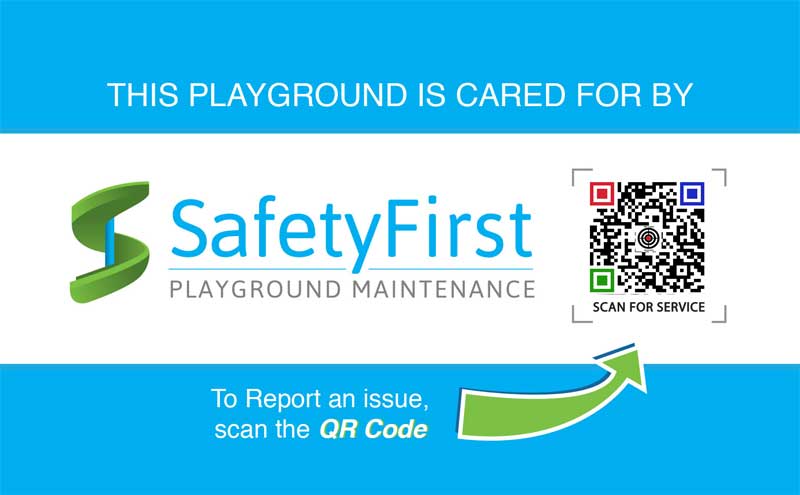Enhancing Safety Instructions with QR Codes: A Smart, Modern Approach
Safety is paramount in any environment, whether at home, in the workplace, or in public spaces. As technology evolves, so do the methods we use to ensure safety. Great for Safety Instructions with QR Codes
Let’s dive into how QR Codes can enhance safety instructions, with a touch of Aussie flair!
What Are QR Codes?
Quick Response (QR) Codes are two-dimensional barcodes that can store a variety of information.
When scanned with a smartphone, they can link to websites, display text, open maps, and more. The beauty of QR Codes lies in their simplicity and versatility, making them perfect for safety instructions.
Just remember when creating Safety Instructions with QR Codes to remember that they are being viewed on a mobile so make them easy to read.
The Problem with Traditional Safety Instructions
Traditional safety instructions, often found in manuals or posted on walls, have several drawbacks:
- Accessibility: Not everyone reads or retains the information from lengthy manuals.
- Updates: Printed instructions can become outdated quickly and are costly to replace.
- Clarity: Detailed instructions might be crammed into small spaces, making them hard to read.
How QR Codes Enhance Safety Instructions
Instant Access to Detailed Information
Safety Instructions with QR Codes can link to comprehensive safety instructions, videos, and interactive content. Imagine you’re working with a complex piece of machinery.
Instead of flipping through a bulky manual, you scan a QR Code on the machine with your phone, instantly accessing a detailed video tutorial.
Example: At a construction site, Safety Instructions with QR Codes placed on equipment like cranes or forklifts can link to videos demonstrating proper usage and safety protocols. Workers can quickly refresh their knowledge without needing to carry around heavy manuals.
Easy to Update
Safety regulations and best practices evolve. With Safety Instructions with QR Codes, updating safety information is straightforward. Change the content linked to the code, and everyone accessing it will see the most current information.
Example: In factories, where procedures might frequently change, QR Codes can be updated to reflect the latest safety guidelines. This ensures that all staff are always aware of the current safety measures without the need for reprinting materials.
Space-Saving and Cost-Effective
QR Codes are small and unobtrusive, fitting easily on equipment, signage, or even ID badges. This saves space and reduces clutter while providing a gateway to extensive information.
Example: In a laboratory setting, QR Codes on chemical containers can link to Material Safety Data Sheets (MSDS), providing detailed handling and hazard information in a space-efficient manner.
Implementing QR Codes for Safety Instructions

Step 1: Identify Key Areas
Determine where QR Codes would be most beneficial. This could include:
- High-risk equipment
- Emergency exits
- First aid kits
- Hazardous materials
Step 2: Create and Link Content
Develop the safety content you want to link to. This might include:
- Instructional videos
- Detailed written instructions
- Emergency procedures
- Safety data sheets
There are many free and paid QR Code generators online. Some popular opthttps://www.qrstuff.com/ions include QR Code Generator and Dynamic QR Codes.
Step 3: Place QR Codes Strategically
Ensure Safety Instructions with QR Codes are easily accessible and visible. Placement is key to ensuring they’re used effectively.
Step 4: Educate and Encourage Use
Train your team on how to use Safety Instructions with QR Codes and encourage them to scan codes regularly. Promote the benefits of having instant access to the latest safety information.
Real-Life Success Stories
Mining Industry: In Western Australia, mining companies have started using Safety Instructions with QR Codes on site to provide up-to-date safety information and training videos to their workers. This has significantly reduced the number of accidents and improved compliance with safety protocols.
Hospitals: Some hospitals in New South Wales have implemented QR Codes on medical equipment. These codes link to operation manuals and troubleshooting guides, helping medical staff quickly access the information they need during critical moments.
The Future of Safety Instructions with QR Codes
As we move towards a more connected and digital world, QR Codes will continue to play a vital role in enhancing safety.
With their ease of use, cost-effectiveness, and ability to deliver detailed information instantly, they’re a powerful tool for keeping environments safe.
Summary
Safety Instructions with QR Codes are revolutionising the way we handle safety instructions.
By providing instant access to up-to-date and detailed safety information, they help ensure that everyone has the knowledge they need to stay safe. Whether in a high-risk industrial setting or a public space, QR Codes can make a significant difference.
If you’re considering implementing QR Codes for safety instructions in your environment, start small and expand as you see the benefits.
The peace of mind that comes from knowing you have quick access to vital safety information is invaluable.
Stay safe, stay informed, and embrace the power of QR Codes!
For more information on implementing QR Codes in your safety protocols, check out QR Codes Australia.

